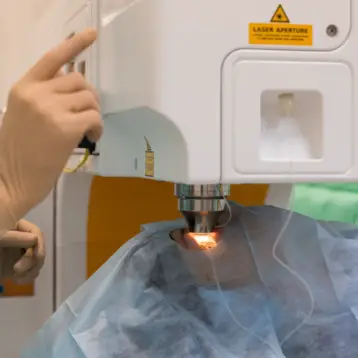|
Scientists have long known that clusters of a mutated protein called huntingtin cause the brain damage associated with Huntington’s disease. They believed these clusters grew over time until they eventually overwhelmed the nearby healthy brain cells, causing damage and killing brain cells. Dr. Daniel Hatters and his colleagues at the Department of Biochemistry and Molecular Biology at the University of Melbourne discovered that the clusters do not grow, but rather form in three sizes from the start. Instead of growing until they reach some critical level that interferes with nearby cell function, the clusters provide a steady stress on those cells. Eventually, the healthy cells become unable to handle the stress any longer and fail, causing the various symptoms of Huntington’s disease.
This more precise identification of the disease’s physical behavior should help scientists develop treatments that target the protein clusters directly. In addition, because the clusters do not change over time under normal disease conditions, they can serve as a precise gauge of the effectiveness of any treatments. Any decrease in the size of specific clusters are quantitative proof that the treatments are working on the physical cause of the disease while treatments where the clusters retain their initial size are ineffective and any treatments causing a size increase may actually be making the disease worse.
Specifics of the possible treatments this discovery may yield are not yet know. However, if this approach to treating Huntington’s disease is effective, it may lead to treatments for Parkinson’s disease and other neurological diseases where toxic clusters of protein cause cell damage and death.
TFOT previously reported on other research into neurological diseases including a potential treatment for Parkinson’s disease using stem cells, a new vaccine for Meningitis B, a chemical sniffer capable of smelling brain cancer cells, and Alzheimer’s research including an enzymatic switch which may be the key to finding a cure or treatment for the disease.
Read more about this Huntington’s disease research in this University of Melbourne press release.










